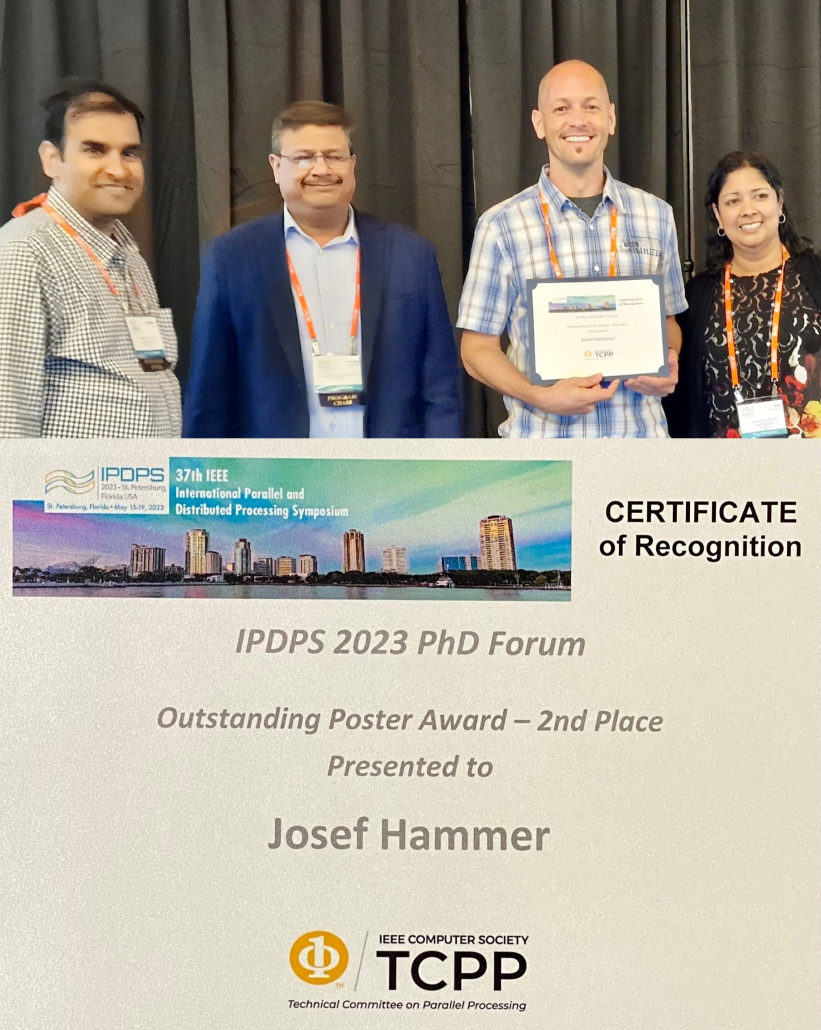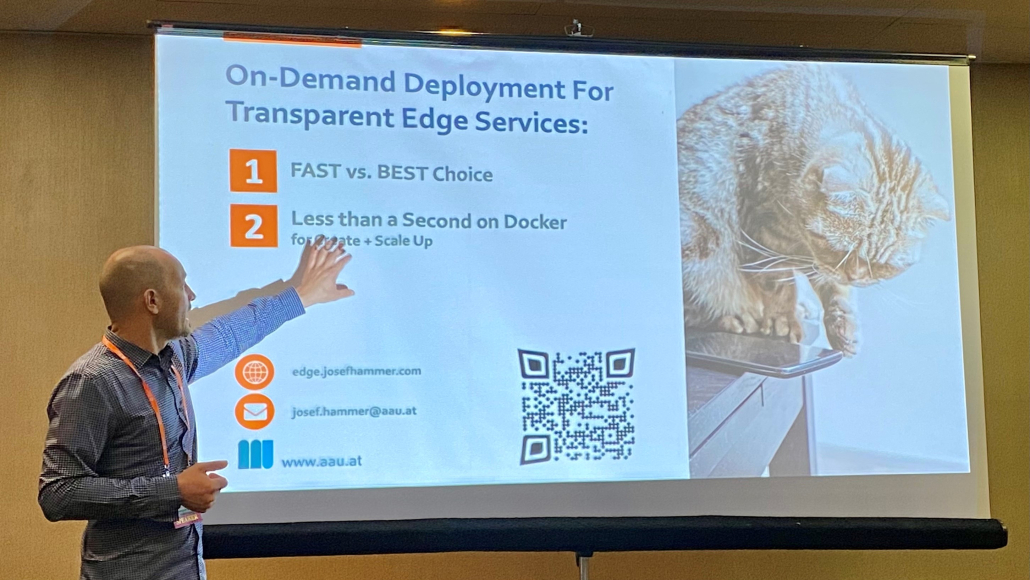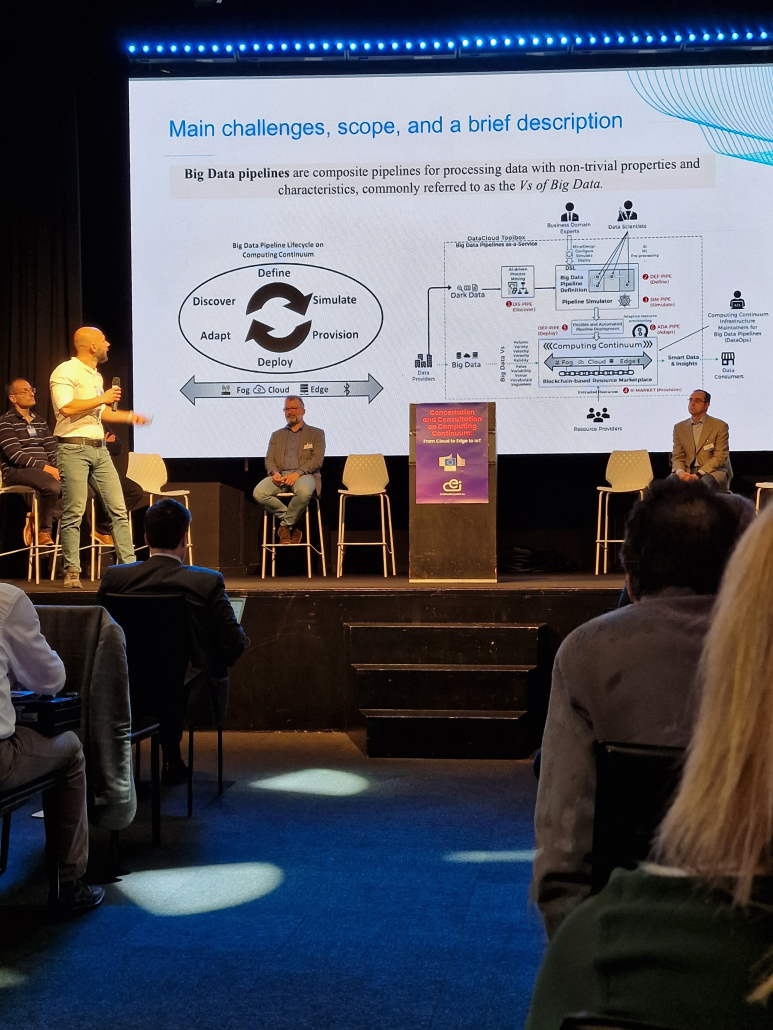Radu Prodan presented the paper “Proactive SLA-aware Application Placement in the Computing Continuum” at the 37th IEEE International Parallel & Distributed Processing Symposium (IPDPS 2023) <https://www.ipdps.org/> in St. Petersburg, Florida, USA.
Authors: Zahra Najafabadi Samani, Narges Mehran, Dragi Kimovski, and Radu Prodan, Alpen-Adria-Universität Klagenfurt
Abstract: The accelerating growth of modern distributed applications with low delivery deadlines leads to a paradigm shift towards the multi-tier computing continuum. However, the geographical dispersion, heterogeneity, and availability of the continuum resources may result in failures and quality of service degradation, significantly negating its advantages and lowering users’ satisfaction. We propose in this paper a proactive application placement PROS method relying on distributed coordination to prevent the quality of service violations through service-level agreements on the computing continuum. PROS employs a sigmoid function with adaptive weights for the different parameters to predict the service level agreement assurance of devices based on their past credentials and current capabilities. We evaluate PROS using two application workloads with different traffic stress levels up to 90 million services on a real testbed with 600 heterogeneous instances deployed over eight geographical locations. The results show that PROS increases the success rate by 7-33%, reduces the response time by 16-38%, and increases the deadline satisfaction rate by 19-42% compared to the two related work methods. A comprehensive simulation study with 1000 devices and a workload of up to 670 million services confirms the scalability of the results.









